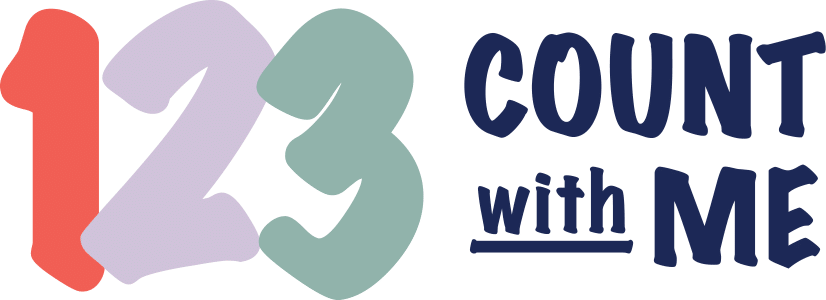The Overlooked Power of Five
The Overlooked Power of Five
One of the most important, but often overlooked, numbers for young children to know and understand is the number 5. There is a lot of focus on 10 (and there should be), but not before understanding 5. The numbers 5 and 10 are considered “benchmark numbers”. This means that learners use these numbers to assist in their understanding of bigger numbers.
By the end of kindergarten, learners should be able to add and subtract within five fluently. This is a fancy way of saying that learners should know and be able to explain that 0 +5, 1+4, 2+3, 3 +2, 4+1, and 5+0 work together to make the quantity we label as “5” without supports such as fingers or pictures. This does not mean that we use flashcards and drill exercises to simply memorize these pairs. This means that we give learners a myriad of engaging experiences with these numbers to help develop the understanding of how these pairs of numbers work together.
We do NOT want to skip or skim over this important number. Without an understanding of five, manipulating larger numbers and deeply understanding the base ten system will be unnecessarily challenging. We’ll begin to see these challenges appear at the end of first grade or early second grade if we do not ensure a child’s understanding of the number five. When working with double digit addition and subtraction in first and second grade, a deep understanding of five will help your learner better understand the relationship between the numbers in the equation. This will then lead to a conceptual understanding of the addition and subtraction algorithms they will eventually learn to use fluently.
Before learners can fluently add and subtract within five, learners need to recognize and count numbers 0 through five. The five-frame game progression posted in the shop is one possible way for learners to progress through the recognition and counting of numbers zero through five to fluently being able to add and subtract within five.
